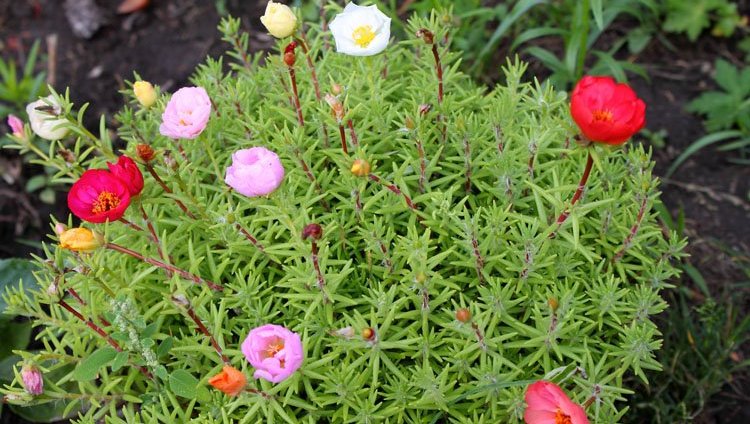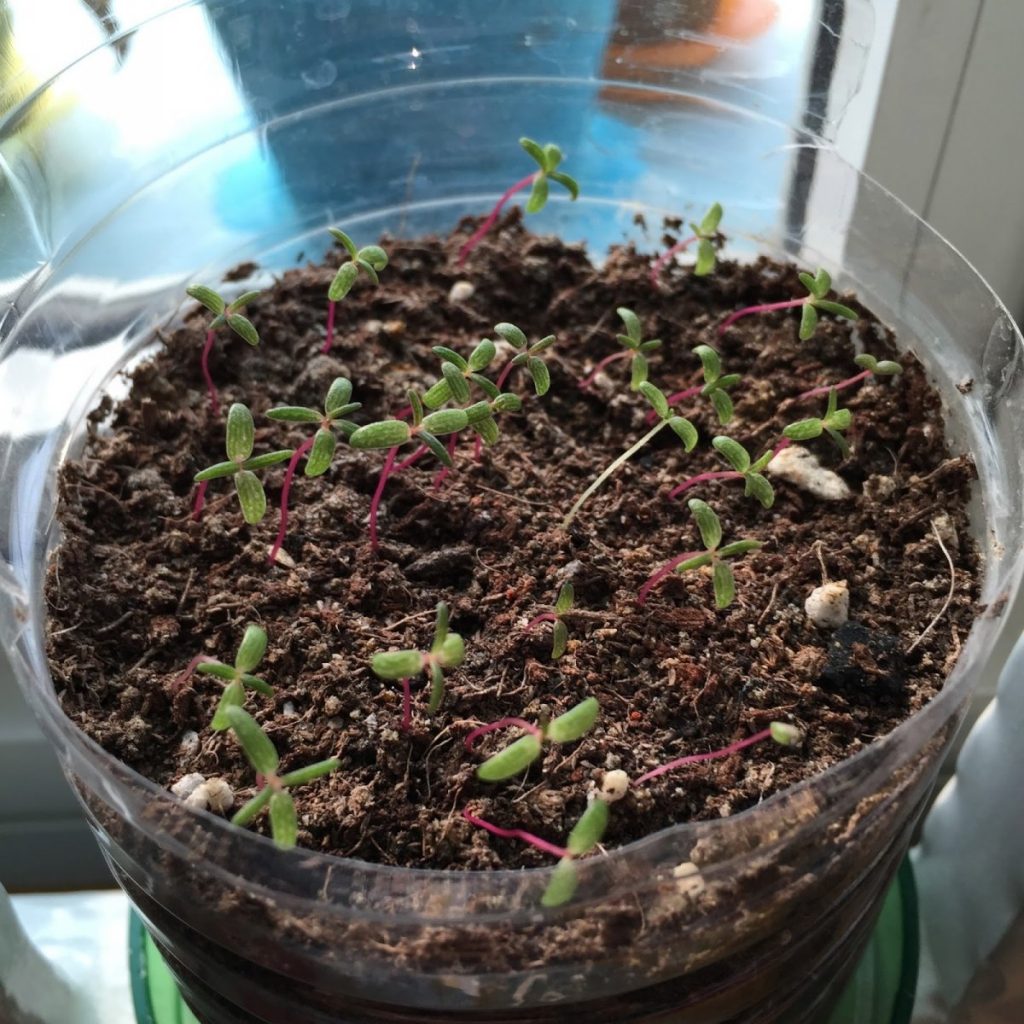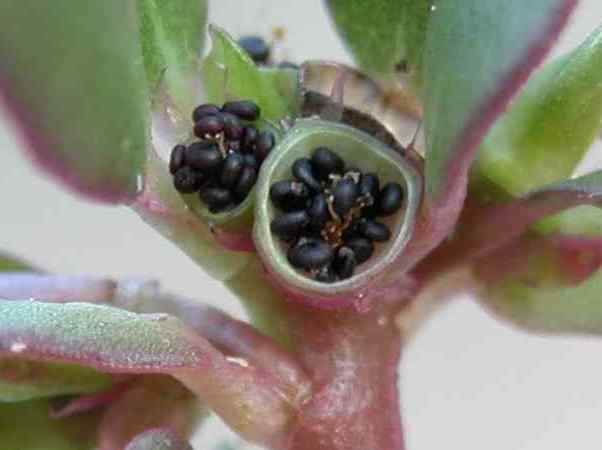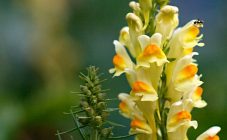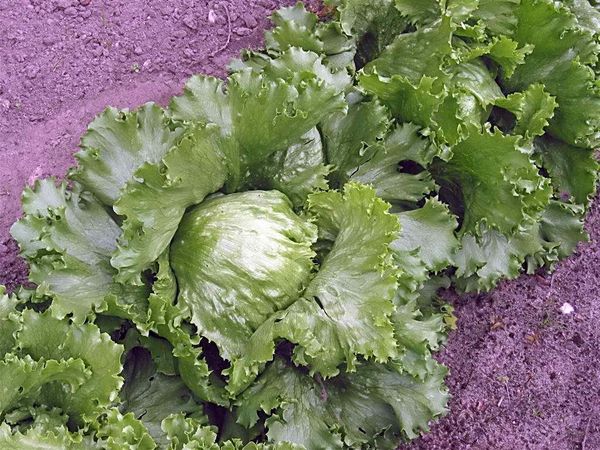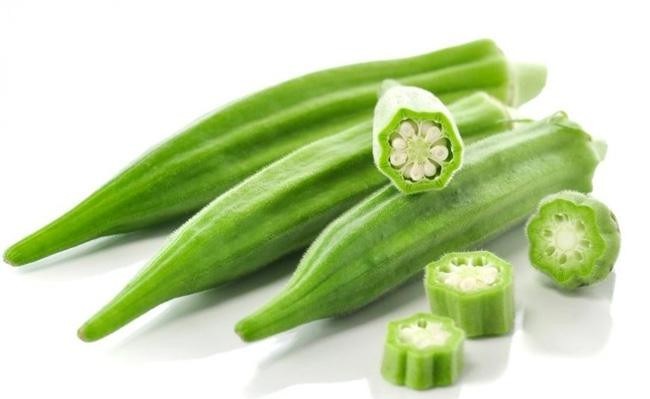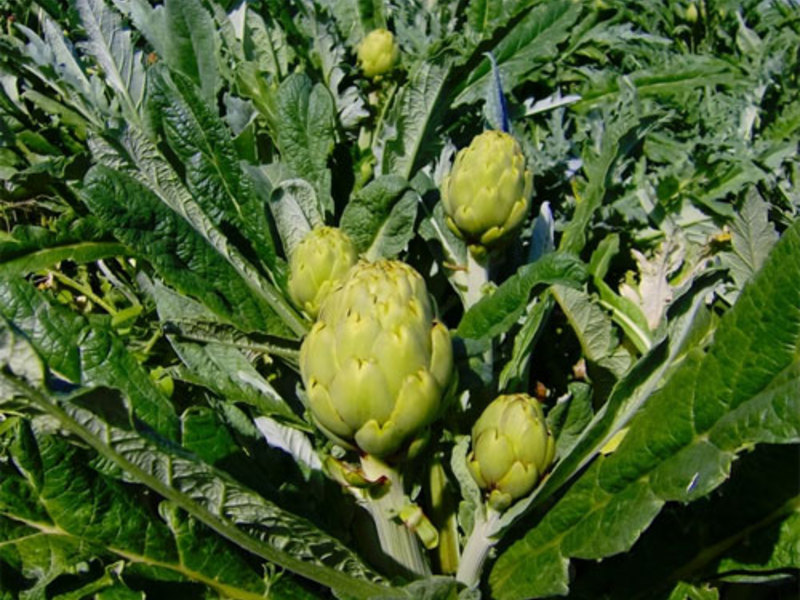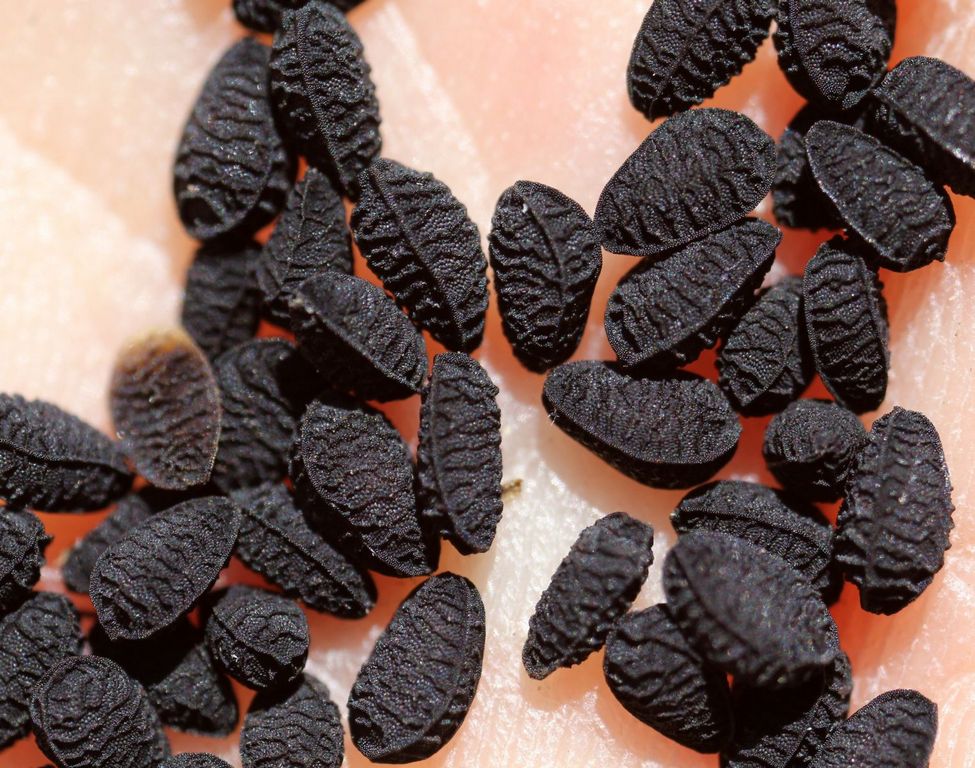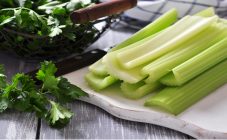Content:
This delicate plant was brought from America and quickly conquered flower lovers with its simplicity and beauty. Its value lies not only in its beauty, but also in its medicinal properties. It is so unpretentious that in many countries it grows as a self-propagating weed. But in order for the purslane to show itself in all its glory, it still needs to be given a little time.
Description
Large-flowered purslane is cultivated in ornamental gardening. It is a low creeping herbaceous plant. Its height varies between 10-30 cm. It has a fleshy stem, branched root, juicy green or reddish oval leaves. Blooms all summer and the first month of autumn. Breeders have bred varieties of simple and double forms with various colors of inflorescences: white, yellow, pink, red.
It is interesting to see how the purslane blooms. Each bud opens in the morning and dries up by dusk. But as a new bud opens the next day, flowering seems to be continuous. Its fruit is a spherical seed capsule with many seeds.
The seed pod opens as if a small gate were opening, hence the name of this flower. Portula - translated from Latin "small gate".
Planting purslane seeds
Sowing seeds for seedlings begins from the end of February. But in this case, the seedlings must be illuminated with an artificial lamp. If this is not done, the seedlings will be thin and elongated. The best time to grow a purslane flower from seed is late March or early April.
The soil for planting is prepared at home. For this, land is taken from the garden and mixed with sand, the proportion of which in this mixture is 20%. It is undesirable to add peat, since purslane does not like acidic soil. After thorough mixing, the soil mixture is calcined in the oven for disinfection. The container for planting seeds is selected shallow. Sowing is carried out at a temperature of 20-25 ° C.
- At the bottom of the tank, drainage is laid, consisting of small stones, expanded clay, broken shards, brick chips.
- Prepared soil is poured, which is slightly moistened.
- Seeds are laid out on top, which can be slightly pressed with a wet match.
- The container is covered with glass or plastic wrap and placed on a light windowsill.
The greenhouse must be ventilated several times a day. If the lighting is not enough, the hatched seedlings are supplemented with fluorescent lamps. Until the sprouts hatch, you cannot water them, you can only moisten them with a spray bottle.
The purslane flower loves warmth, the sprouted plants will feel bad at temperatures below 20 ° C. After 10-14 days sprouts hatch. After the appearance of 5-6 leaves, the seedlings are seated in separate pots. In order for the seedlings to harden, they must be taken out into the air, starting from a few minutes, ending with several hours.
Planting in open ground with seedlings
When the temperature on the street is not lower than 10 ° C and the threat of frost has passed, purslane can be planted in open soil. At a lower temperature, the plant will not die, but the leaves can be shed.
The landing site is selected in advance. It should be open, well-lit by the sun. In the shade or partial shade, the plant may not bloom. It is desirable that the site is located a little on a hill. In the lowlands, the water stagnates after irrigation or rains, and root rot may begin.
Purslane is undemanding to the composition of the soil. It is even better if it is without added nutrients. On a fertilized plant, it will grow green mass to the detriment of flowering. Grows well in sandy soil.
Purslane is planted hardened and hardened. It should have 14-15 leaves and 1-2 large-flowered buds. The plant goes deep into the ground to the bottom leaf. So that each bush has enough space for tillering, they are seated at a distance of 15-20 cm from each other. Until the seedlings take root, moderate watering is necessary.
Planting in open ground with seeds
Late April or early May seeds are sown in open ground... This can be at first the seedling beds or immediately a permanent planting site. Here's how it's done:
- the earth is dug up, thoroughly loosened with a rake;
- sand wakes up a little from above;
- the soil is compacted and slightly spilled with water;
- seeds are sown;
- if there is a threat of recurrent frost, the bed is covered with a film.
Every day the garden is aired. After sprouting, the film is removed, provided that the air temperature is kept at 20-25 ° C. When the seedlings grow a little, they are planted in a permanent place. If the seeds were sown directly on it, the seedlings are thinned out.
Purslane - perennial or annual flower?
Breeders have developed a huge number of varieties for cultivation in the open field. But no matter how much they tried to grow the bushes in indoor conditions, it usually ended in failure. You can try to preserve the plant until spring, and after the threat of return frosts has ceased, plant it in the ground. Another option is to cut it.
Now experts have bred hybrid varieties that grow both indoors and in the garden. In autumn, a pot with such a flower can be brought into the house. There it will overwinter and will remain until spring.
The perennial plant, the purslane flower, has an important advantage: longevity in one pot, and a small drawback: its inflorescences are more modest and flowering is not as abundant as in an annual bush. A perennial looks beautiful - an ampelous hybrid of a purslane. He has flowers of a simple shape, but very varied in color. It is placed in hanging pots.
Seed collection
After flowering, fruit pods are tied. Moreover, the highest quality seeds are obtained from plants grown in pots. Therefore, if the gardener plans to seed purslane, the pots with it must be brought into the room in August. This is done to prevent it from cooling below 10 ° C at night. There the seeds ripen, and when the capsules darken, they can be opened and the seeds collected.
Seeds can also be harvested from flowering purslane growing outdoors. This procedure is not one-time: the boxes ripen gradually, it is necessary to remove them from the plants in time. The seeds must be removed from the first flowers. Their terry is not so pronounced, but full-fledged fruits are formed.
If there is no time to collect seeds, this is not critical: purslane gives abundant self-seeding. These seedlings take root well and bloom profusely due to the fact that they have passed natural hardening.As soon as the plants release 5-6 leaves, they can be transplanted to a permanent place or simply thin out the garden bed.
Purslane is able to create a rug from flowers in a very short period. For this, as well as for the fact that the plant does not require complex care, it is very loved by gardeners. It is grown on alpine hills, flower beds, borders. It also grows well in pots and hanging planters, delighting the grower for a long time with its abundant flowering.
